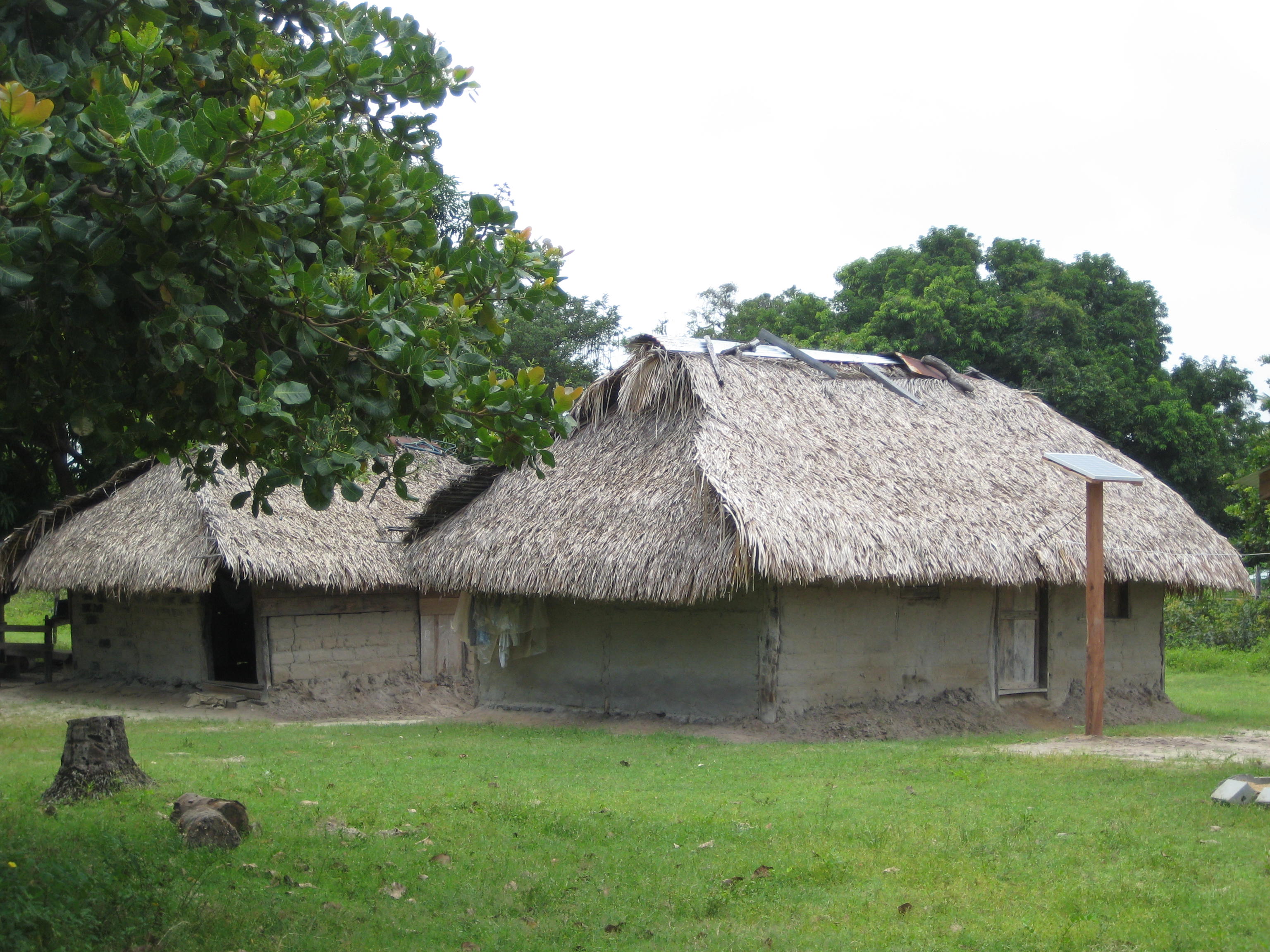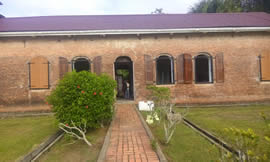 More households in unserved hinterland and rural communities have recently received solar systems. The systems were provided under the "6,000 Solar Home Systems Project". Under this project, 6,000 households are expected to receive 65-Watt solar electricity systems to provide mainly lighting, and to power small electronic devices such as radios, CD player and cell phone chargers. So far, 5,900 solar systems were distributed under the project. The project forms part of Government's continuing efforts to provide hinterland households with improved access to modern energy and energy services.
More households in unserved hinterland and rural communities have recently received solar systems. The systems were provided under the "6,000 Solar Home Systems Project". Under this project, 6,000 households are expected to receive 65-Watt solar electricity systems to provide mainly lighting, and to power small electronic devices such as radios, CD player and cell phone chargers. So far, 5,900 solar systems were distributed under the project. The project forms part of Government's continuing efforts to provide hinterland households with improved access to modern energy and energy services.
The distribution of solar home systems to hinterland households began in 2007 under the Unserved Areas Electrification Programme (UAEP), sponsored by the Government of Guyana and the Inter-American Development Bank (IDB). One component of the UAEP was to determine ways to provide electricity to hinterland communities in a sustainable manner. Under the UAEP, which began in 2004, a study was commissioned to determine the the options and technical, economic-financial, institutional-administrative, and socio-environmental requirements for viable hinterland electrification schemes. The study found that effective lighting was a top priority for hinterland households. At that time, many hinterland households were using kerosene "flambeau" lamps, candles or similar devices for lighting. The households needed more effective lighting to facilitate after-dusk productive and other activities such as studying, reading, knitting, sewing and craft making.
The study also found that, for most hinterland communities, providing electricity to the households by way of individual solar home systems was the least cost solution since network construction would have been very expensive given that the houses are characteristically situated far apart, and the demand for electricity was relatively low. Accordingly, the UAEP implemented solar home systems demonstration projects in four hinterland communities (Muritaro, Region 10; Kurukubaru, Region 8; Capoey, Region 2; and Yarakita, Region 1) to test their viability for possible replication in other communities. After these projects proved to be somewhat successful, several other similar projects were implemented under the UAEP and other subsequent programmes. Considering all the projects to date, nearly 20,000 solar home systems have been distributed to over 200 hinterland and near-hinterland (rural) communities in all ten regions of Guyana.
For the projects under the UAEP, the suppliers of the solar systems were responsible for the installation of the systems. They were also required to train at least four members of each benefiting community for the maintenance of the systems. In subsequent projects, however, the residents of the communities carried out the installations. At least two members of each community were trained, and these persons spearheaded the installation of the systems by the residents of the community. The installations were then inspected and certified by qualified engineers and technicians.
The training of the residents was part of the plan to ensure the sustainability of the projects. The residents were trained to conduct basic maintenance and repairs to the systems when required, making the communities less reliant on technical support from the coast. For the financial sustainability of the projects, each household is required to pay a monthly fee of GYD$500 to a fund for repair and maintenance of the systems. This fund is managed by the Village Council of each community. The GYD$500 per month is approximately 50% of what, on average, each household has been spending on less effective lighting such as with candles and the "flambeau" lamp.
The impact of improved lighting in the hinterland homes has been as expected: children and adults are better able to read, study and carry out productive activities at nights.

